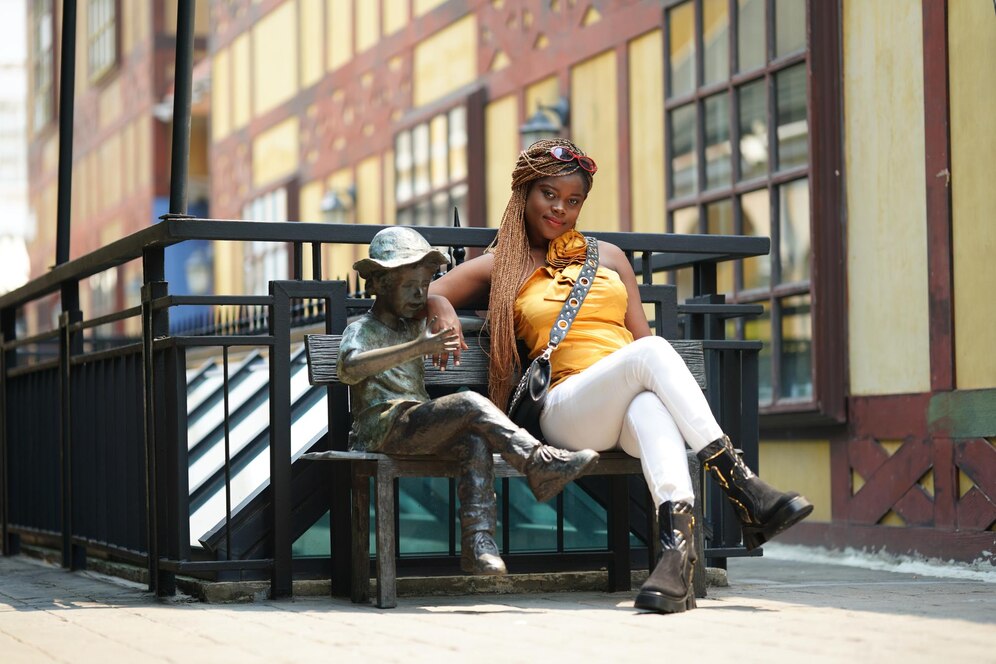In recent years, the global fashion industry has been undergoing a significant transformation, with sustainability at the forefront of many discussions. This shift isn’t just a passing trend; it’s a reflection of broader societal changes as consumers become more aware of the environmental impact of their clothing choices. Across the world, local fashion designers and brands are leading the charge in promoting eco-friendly and ethical practices, proving that sustainable style isn’t only a future ideal but a present reality.
At the heart of this movement is the use of sustainable materials. Many local designers are opting for fabrics that are either made from renewable resources or recycled materials. Organic cotton, hemp, and bamboo are popular choices, as they have a lower environmental footprint compared to conventional cotton. Recycled polyester, often sourced from plastic bottles or discarded garments, is also making waves in the industry, allowing designers to create high-quality garments while diverting waste from landfills.
But sustainability isn’t just about the materials used. Local designers are increasingly prioritizing ethical labor practices, ensuring that their garments are made by workers who are paid fair wages in safe conditions. By supporting these businesses, consumers are not only helping to reduce the environmental impact of fast fashion but also contributing to the well-being of communities.
In addition to material and labor considerations, many local fashion brands are incorporating eco-friendly production processes into their operations. From reducing water usage in dyeing and finishing processes to using solar power in factories, these brands are finding innovative ways to reduce their carbon footprint. Some even go as far as to design garments that are fully biodegradable, ensuring that when the clothes are no longer wanted, they won’t contribute to the growing problem of textile waste.
Local fashion isn’t just limited to clothing, either. Accessories such as handbags, jewelry, and shoes are also embracing sustainability. Local artisans are turning to upcycled materials like repurposed leather, scrap metals, and even vintage fabrics to create one-of-a-kind pieces. These accessories not only make a statement in terms of style but also in terms of environmental consciousness.
Another important aspect of sustainable fashion is the rise of the “slow fashion” movement. In contrast to fast fashion, which churns out cheap, disposable items at a rapid pace, slow fashion emphasizes quality over quantity. Local designers are focusing on creating timeless pieces that are meant to last for years, rather than contributing to the cycle of constant consumption. This approach encourages consumers to invest in pieces that will stand the test of time, both in terms of durability and style.
One of the most powerful aspects of local sustainable fashion is its connection to the community. Many local designers are deeply invested in their neighborhoods, sourcing materials from local suppliers and collaborating with artisans and craftspeople. This creates a sense of community and supports the local economy while also reducing the environmental impact of shipping materials from far-flung parts of the globe. The result is a fashion ecosystem that is not only more sustainable but also more connected and grounded in its cultural roots.
As more consumers become aware of the importance of sustainability in fashion, the demand for eco-friendly and ethical clothing continues to rise. Local designers, with their focus on sustainability, are well-positioned to meet this demand and lead the way toward a greener, more responsible fashion industry. The future of fashion, it seems, is not only about looking good but also doing good, proving that style and sustainability can go hand in hand.

